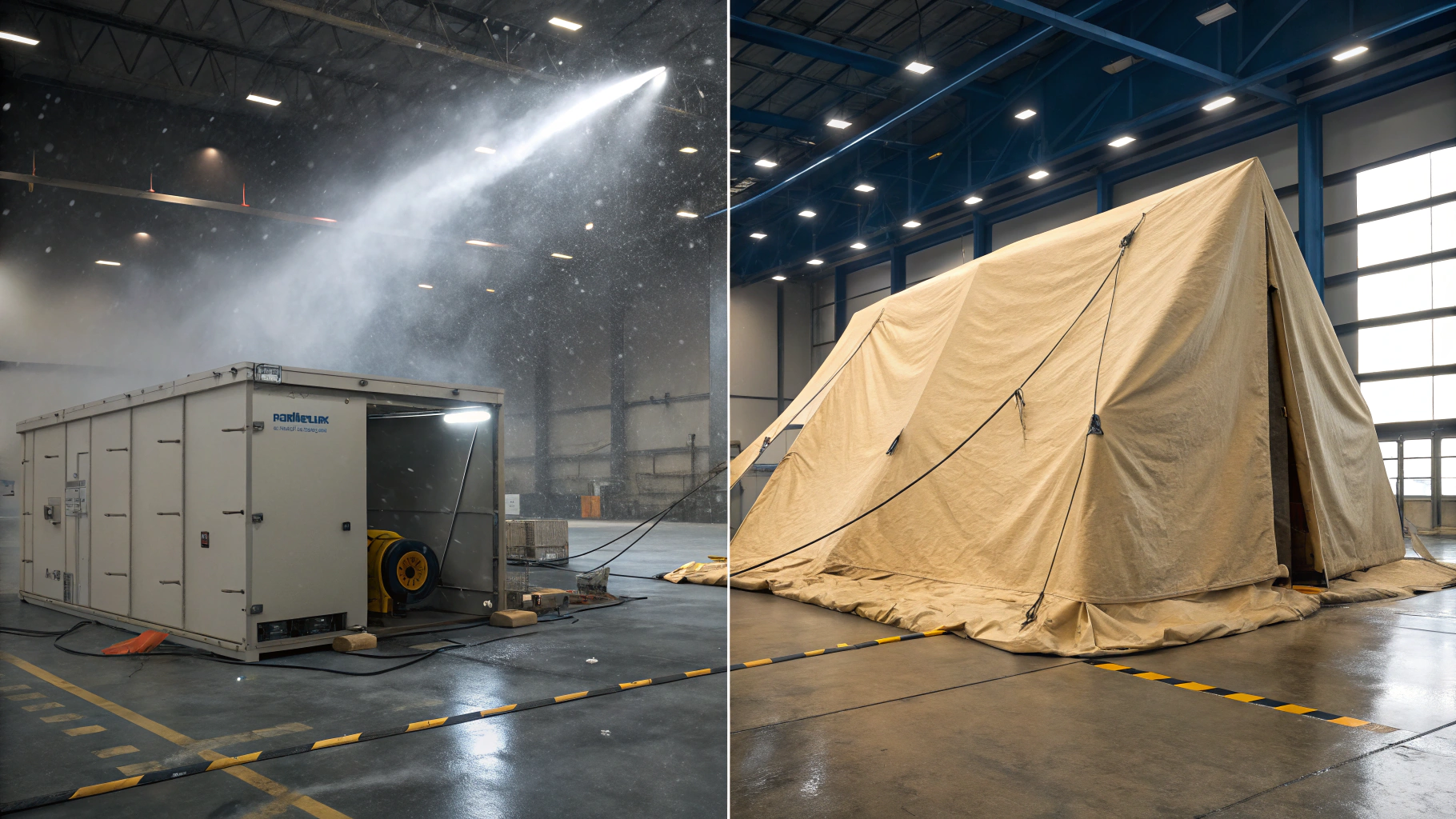As hurricane seasons intensify, protecting your windows isn’t just wise—it’s survival. During Hurricane Ian, my cousin watched a neighbor’s tarp shred apart like tissue paper, flooding their living room. That moment taught me: not all tarps are equal. Drawing on storm readiness research and homeowner experiences, I’ll break down how to choose tarps that withstand 150+ mph winds while avoiding costly mistakes.
What Makes a Hurricane Tarp Effective?
Hurricane tarps walk a tightrope between strength and flexibility. Unlike standard blue tarps, true storm-grade options balance three non-negotiable features:
1. Military-Grade Materials
The best hurricane tarps use 20 mil polyester mesh (about as thick as a nickel stack) or vinyl-coated laminated fabrics. These materials pass Miami-Dade County’s rigorous impact tests, surviving 2x4 boards shot at 34 mph. Avoid anything below 6 oz per square yard—thin tarps tear faster than wet newspaper in Category 3 winds.
2. Smarter Ventilation
Mesh tarps with 95% closure rates let air flow through while stopping debris. This design prevents the “sail effect” that rips poorly vented tarps off windows during pressure spikes.
3. Bombproof Fastening
Brass grommets spaced every 12 inches paired with 550-test paracord (the same type FEMA uses) keep tarps anchored. Skip plastic grommets—they crack under tension faster than a cheap lawn chair.

Top 3 Hurricane Protection Options (and Where Tarps Fit)
Through hurricane window protection reviews and lab tests, three solutions rise above:
1. Heavy-Duty Tarps (Best for Budget-Conscious)
TarpsNow Hurricane Mesh leads with custom sizing up to 120’x120’. Users like Sarasota retiree Martha Riggs praise how their 20 mil tarp survived 2024’s Tropical Storm Helene unscathed, though she warns: “Order early—custom sizes take 10 days”.

2. Fabric Storm Panels (Middle Ground)
AstroGuard’s PVC-coated panels are lighter than traditional shutters but require drilling into window frames. Ideal if you want reusable protection without garage-dominating shutters.
3. Impact Windows (Permanent Solution)
While costing $15,000-$20,000 per home, these laminated-glass windows block debris and qualify for insurance discounts. But as Orlando contractor Luis Torres notes:
“They won’t help if you’re covering shattered windows post-storm.”
5 Crucial Buying Tips From Storm Veterans
- Measure Twice, Buy Once
Add 12+ inches to window dimensions. A Tampa family learned this hard way in 2023 when their “perfectly sized” tarp let sideways rain flood their nursery. - Vinyl Trumps Polyethylene Long-Term
Vinyl tarps last 5-10 years if stored indoors off-season. Polyethylene saves upfront but degrades in 2-3 seasons under UV rays. - Test Before The Storm
Practice deploying tarps in daylight. Veteran storm chaser Rita Nguyen recalls a client who discovered missing grommets mid-hurricane:
“They had to nail the tarp through the mesh. It failed in minutes.”
Beware “Hurricane Grade” Imposters
Look for ASTM D7158 certification, the industry standard for wind resistance. No certification? It’s decorative.Anchor Like a Pro
Use 3/8” concrete screws with nylon sleeves for masonry homes. For wood frames, stainless steel eye bolts prevent rust-induced failures.
When Tarps Aren’t Enough: Expert Insights
“Tarps are great for temporary fixes or mild storms,” admits FEMA advisor Dr. Ellen Cho. “But in Category 4+ zones, combine them with permanent shutters.” Her team’s 2024 study found uncovered windows cause 83% of home flood damage.
Cost Breakdown: Tarps vs Alternatives
| Solution | Cost (Avg. Home) | Pros | Cons |
|---|---|---|---|
| Hurricane Tarps | $300-$700 | Immediate use, no permits needed | Rebuy every 2-5 years |
| Storm Panels | $1,200-$4,000 | Reusable, high debris resistance | Storage headaches |
| Impact Windows | $15,000-$20,000 | Permanent, lowers insurance 25%+ | 3-6 month installation wait |
Final Checklist From the Trenches
- Buy tarps 6 weeks pre-season to avoid price surges
- Photograph installed tarps for insurance claims
- Store tarps in rodent-proof bins—raccoons love chewing them
Your windows are your home’s eyes. Protect them wisely, and they’ll weather any storm.

